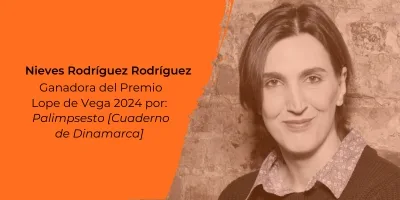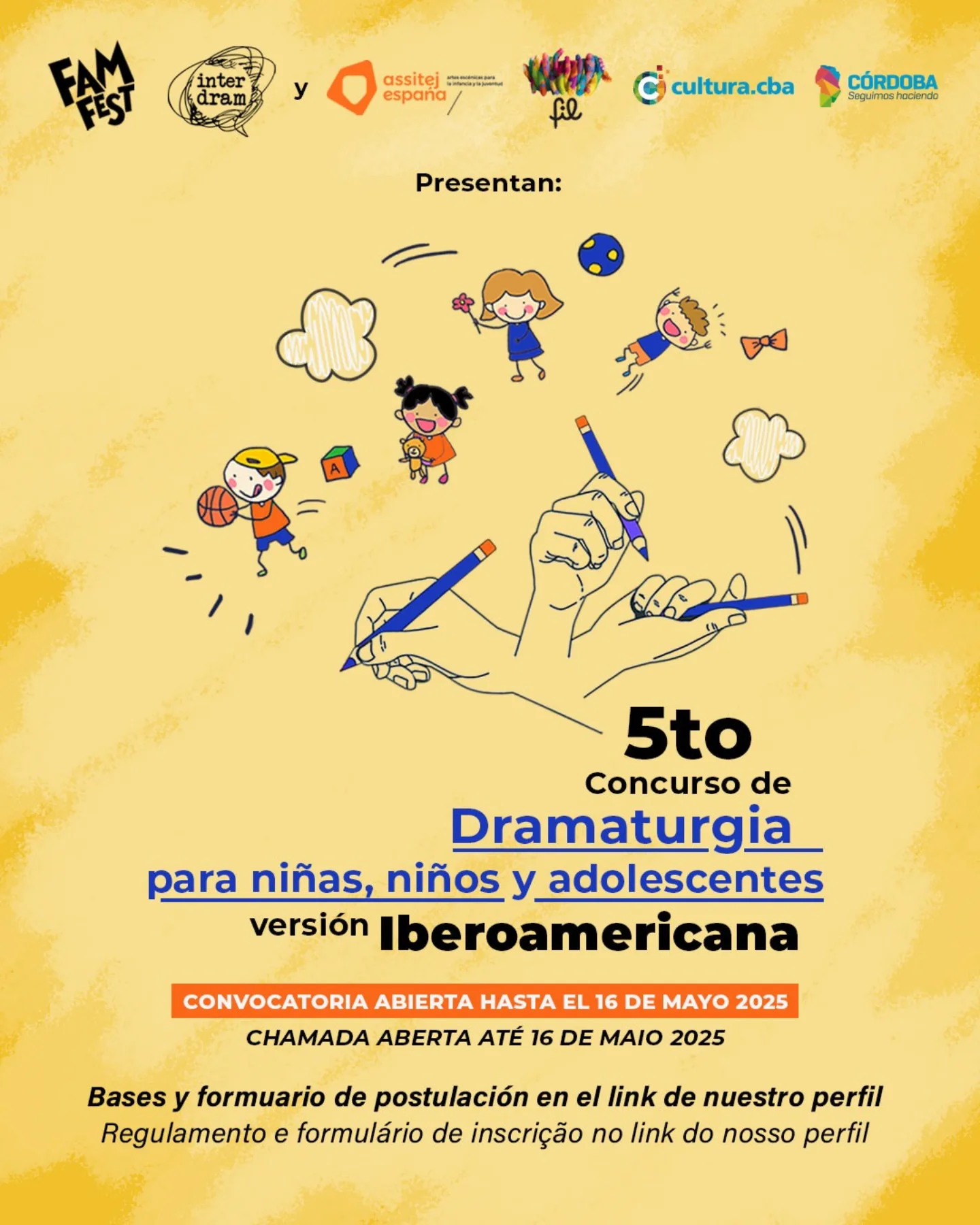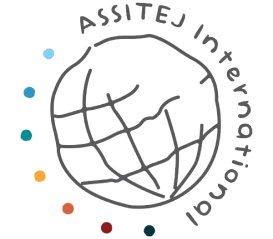Arte nuevo de hacer convocatorias en este tiempo
It was in 1609 that Lope confronted the Madrid academics with his "New Art of Making Comedies." Full of wit, these 398 verses recounted, in a lively and entertaining way, the most notable features of the theater that the author himself and other contemporaries had been bringing to the stages of the comedy theaters since the last decades of the 16th century. New times, new comedies. Far from classical precepts, Lope de Vega had created a lively, daring, new poetics that owed its importance to the audiences of his time:And I write for the art that was invented/ by those who sought vulgar applause; / because since the crowd pays for it, it is fair/ to speak to them foolishly to please them.”.
For the first time in human history, spectators no longer depended on the magnanimity of a powerful person to attend a performance or happened upon a street show in a public square; they only needed the necessary money to pay the 12 maravedí admission fee. From a limited event to a popular festival, the ebb and flow of supply and demand began to be balanced. This generated a new dialectical relationship between the audience and the creators: a mutual need and an inexcusable influence.
The 17th-century stage thus became a mirror of life. Tragedy coexisted with comedy, kings with buffoons, maids with ladies, serious matters with the most frivolous situations, sunrises with sunsets, inns with churches, honor with free will, décimas with redondillas… Everything made sense within the “comic monster,” because that was nature. Lope knew it well.
And if we call them classics, it is because they knew very well how to portray the multifaceted human condition, always contradictory, plural and open, a reflection of society.
The Almagro International Classical Theatre Festival also knows that times change, and with them the way we tell stories. And it also knows that its audience is demanding, "diverse, and compelling." These are the open calls to fill the corrals and stages with life.




 Baroque Children Last year, the International Theater Festival launched a space for children and adults to interact with the Universal Baroque heritage: Children's Baroque. The international competition was created to promote theatrical creations inspired by stories, fables, poetry, and, of course, the theater of the Golden Age. Today's creators, interested in the richness of artistic forms from this period, present their newest offerings to a discerning audience. In its second edition, Children's Baroque continues its commitment to transmitting the legacy of Baroque heritage and cultivating a new audience.
Baroque Children Last year, the International Theater Festival launched a space for children and adults to interact with the Universal Baroque heritage: Children's Baroque. The international competition was created to promote theatrical creations inspired by stories, fables, poetry, and, of course, the theater of the Golden Age. Today's creators, interested in the richness of artistic forms from this period, present their newest offerings to a discerning audience. In its second edition, Children's Baroque continues its commitment to transmitting the legacy of Baroque heritage and cultivating a new audience.












